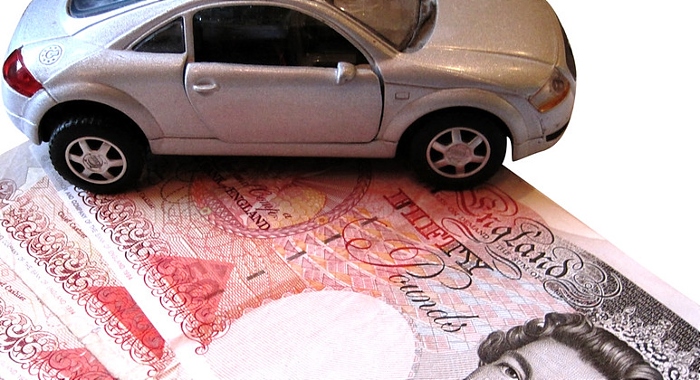
Whether it’s a new car, home renovations or that dream holiday, big purchases can put a serious dent in your finances.
With some savvy planning and discipline, however, you can make that next major spend much more manageable.
Read on for our top tips to afford your next big-ticket item.
1. Set a Clear Savings Goal
The first step is deciding exactly how much you need to save and by when. Having a concrete goal with a timeframe will make it easier to track your progress and stay motivated. Do your research to budget accurately, factoring in any extras like delivery fees or installation costs.
2. Automate Your Savings
One of the easiest ways to stash cash is by setting up automatic transfers from your current account into a dedicated savings pot. Treating it like another monthly bill means you’ll be less tempted to spend it. You can start small and increase the amount as your circumstances allow.
3. Cut Back on Non-Essentials
Reining in spending on discretionary purchases is a quick win for boosting your savings rate. Do an audit of your bank statements from the last few months to identify areas to cut back, whether it’s takeaways, subscriptions, or impulse buys. Small amounts soon add up.
4. Reduce Existing Costs
As well as cutting discretionary spending, see if you can reduce recurring costs like utility bills, insurance premiums and loan repayments. Shopping around for better deals, negotiating, and consolidating debts can free up extra cash to put towards your savings goal.
5. Boost Your Income
If saving from your regular pay isn’t enough, look for ways to generate some extra income streams. A side hustle like freelancing, renting out a room or selling unwanted possessions could give your savings a useful boost.
6. Delay Gratification
Do you really need the latest model right now? Holding off for 6-12 months could save you serious money, not just because you’ve had longer to save but also due to depreciation, bringing the price down over time.
7. Research Finance Options
For larger purchases like a car or home improvements, you may need to look into financing options. Bad credit car finance deals are available if you’ve had issues in the past. You could also explore 0% purchase credit cards or low-interest personal loans if you have a good credit history.
8. Buy Second-Hand
One person’s cast-off is another’s bargain. Check out second-hand marketplaces for lightly used items at a fraction of the RRP – from furniture and appliances to cars. You might be able to get the same make and model for much less.
9. Time it Right
If your purchase isn’t urgently needed, it could pay to buy at certain times of the year when retailers are offering the biggest discounts. For example, many big sales happen in January, with further markdowns closer to when the seasons change. Being flexible can mean big savings.
Whether it takes a few weeks or a few years, staying focused on your savings goal is key to making that next big purchase a reality without going into unmanageable debt.
A little patience and planning could save you hundreds, if not thousands, in the long run.
(pic under licence by Images Money https___creativecommons.org_licenses_by_2.0_)

















Recent Comments